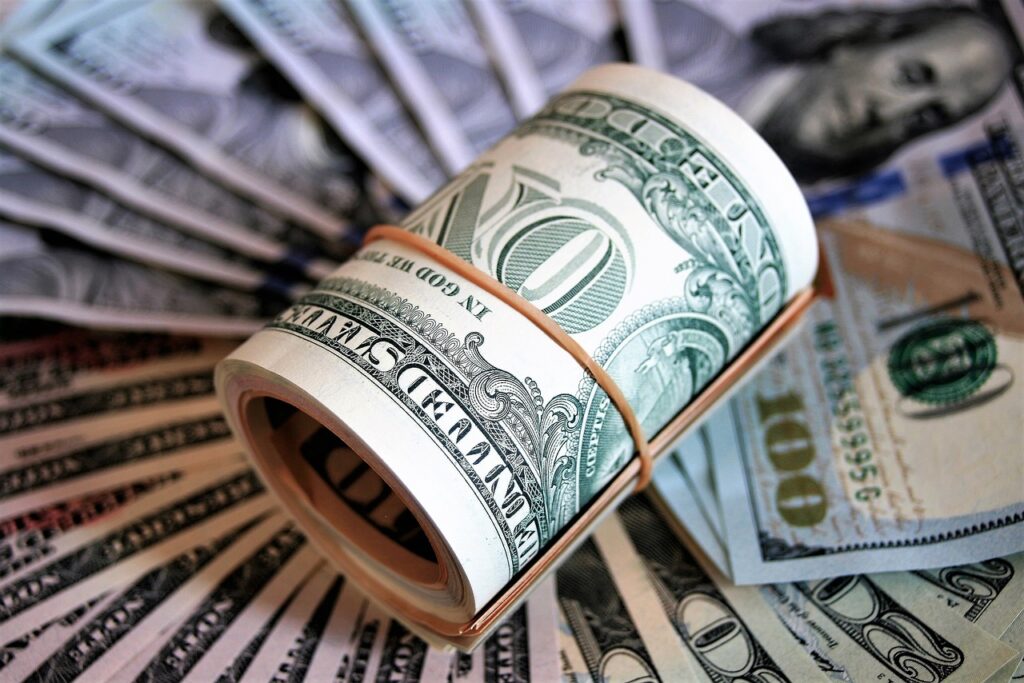The rise of Indonesia as a global powerhouse in the nickel industry is underscored by Merdeka Battery Materials’ recent securing of $1.4 billion in financing for an advanced high-pressure acid leach (HPAL) plant. Positioned in Sulawesi, a strategic location within Indonesia Morowali Industrial Park, this project underlines the nation’s pivotal role in the electric vehicle (EV) and energy storage revolution, sectors heavily reliant on nickel due to its efficacy in battery production.
This particular financing, structured through Sulawesi Nickel Cobalt (SLNC) with a senior secured, non-recourse debt structure, comes as part of a larger $1.8 billion investment that also accounts for interest during the extensive construction phase. Industry insiders note the strategic significance of the HPAL plant, poised to increase the production capacity to 90,000 tonnes per annum (tpa) of nickel in mixed hydroxide precipitate (MHP), a key component in lithium-ion batteries. This capacity not only promises to augment the supply chain for burgeoning EV markets but also positions Indonesia as a crucial node in global energy infrastructure.
However, the development comes with its share of challenges. The construction and subsequent operation of such a facility inherently present environmental risks. High-pressure acid leach technology, while effective, can lead to substantial ecological impact if not managed with stringent controls. Merdeka Battery’s commitment to securing necessary governmental permits underscores the intricate balancing act between economic development and environmental stewardship that this project necessitates.
SLNC’s operational responsibility for the plant reflects a broader trend of vertical integration within the industry, aimed at maximizing resource efficiency and securing quality control across the production pipeline. SLNC will receive laterite nickel ore directly from Merdeka Battery’s SCM mine, with an ore preparation plant being established to streamline the logistical chain through a dedicated pipeline system.
Despite the clear economic incentives, industry experts urge a critical examination of the long-term sustainability practices implemented in this initiative. The Merdeka financing showcases both the opportunities and responsibilities entailed in scaling up Indonesia’s position in the nickel supply chain, echoing the call for solutions that align with environmental and community well-being.
Potential market shifts also loom large. As Indonesia strengthens its foothold in the global nickel market, the anticipated commissioning of this plant within 18 months could reshape dynamics in Asia and beyond, influencing pricing, partnerships, and competition among key players in the battery industry. Observers are keenly watching whether such investments can harmonize fast-paced production with substantive ecological and social governance frameworks.
